Mireille Havet
Extraits
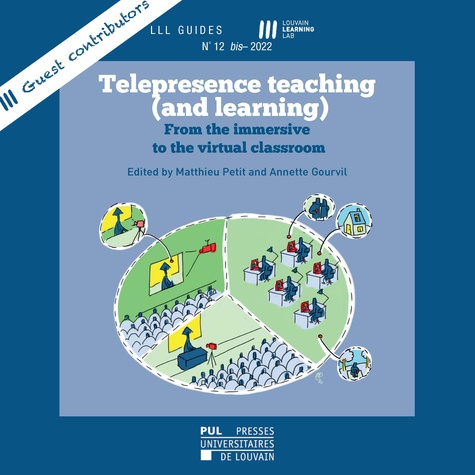
Sociologie
Cahiers du LLL n° 12 bis – Telepresence teaching (and learning). From the immersive to the virtual classroom
06/2022

Littérature française
Roza the amazon. Roza l'amazone
11/2022

Sports
Le budo en héritage. Edition bilingue français-anglais
10/2019
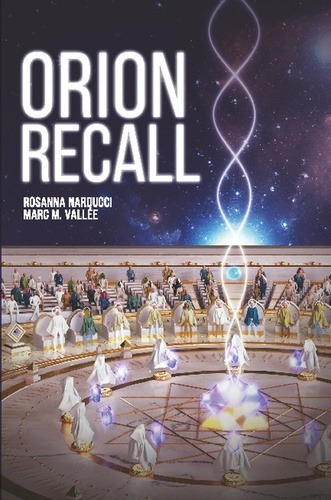
Spiritisme
Orion Recall - Version anglaise
10/2022
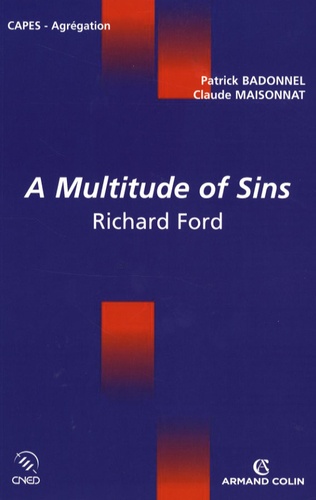
Anglais apprentissage
A multitude of Sins. Richard Ford
11/2007
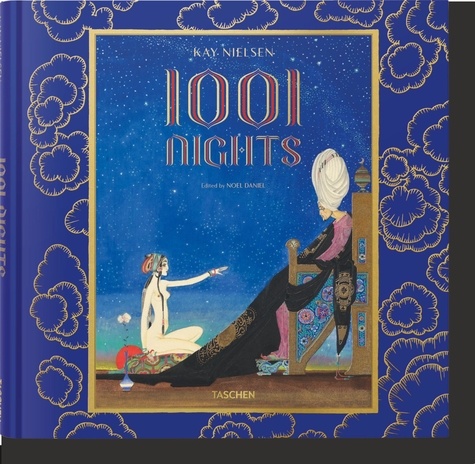
Grands textes illustrés
1001 Nights. Edition français-anglais-allemand
06/2023
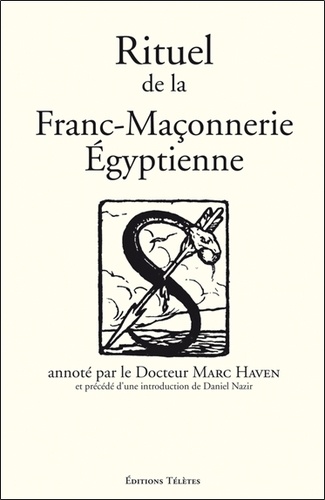
Esotérisme
Rituel de la Franc-Maçonnerie Egyptienne
10/2013

Pères de l'Eglise
Cpe 167 l'eveque
10/2022
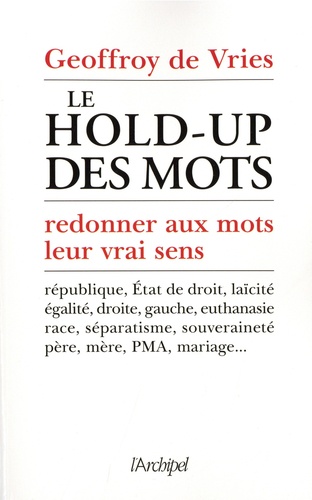
Linguistique
Le hold-up des mots. Redonner aux mots leur vrai sens
06/2021
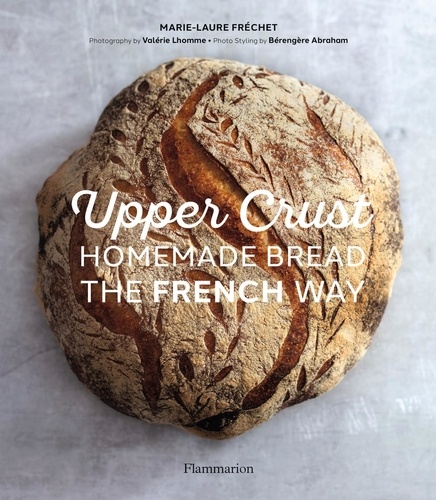
Monographies
Upper Crust : Homemade Bread the French Way. Recipes and techniques
11/2021

Littérature française
Adieu, la compagnie - Livre 1.5. 1
02/2023

Actualité et médias
Choisissez tout
09/2014

Cuisine
Olive oil
04/2019
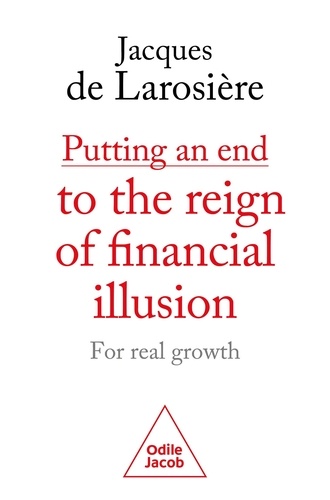
Sociologie
Putting an end to the reign of financial illusion. For real growth
09/2022
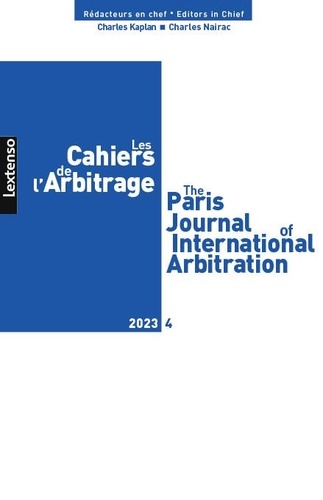
Arbitrage
Les Cahiers de l'Arbitrage N° 4/2023
03/2024

Sociologie
Borders and Ecotones in the Indian Ocean. Cultural and Literary Perspectives, Textes en français et anglais
11/2020

Musique classique
Songs of Love. 12 Romances. 12 Lieder. Soprano (tenor) and piano.
12/2023
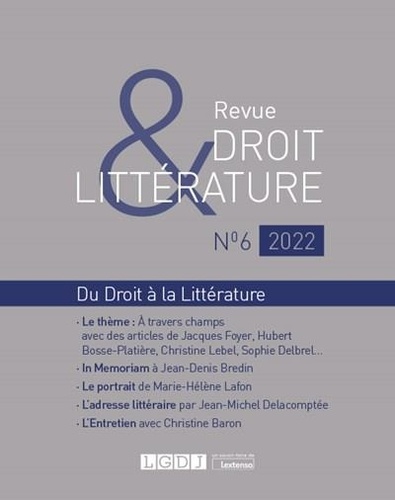
Revues de droit
Revue Droit & Littérature N° 6/2022
06/2022
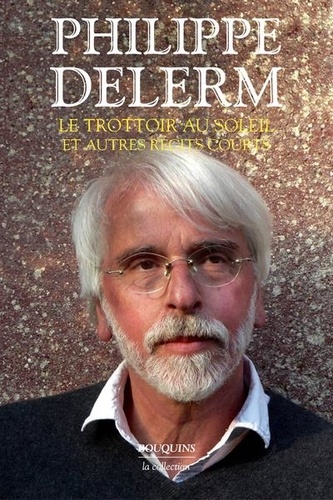
Littérature française
Le trottoir au soleil et autres récits courts
11/2022

Histoire internationale
Histoire d'un rêve. Le discours de Martin Luther King qui changea le monde
10/2019
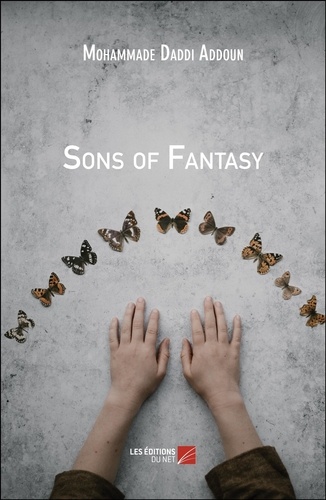
Littérature française
Sons of Fantasy
08/2018
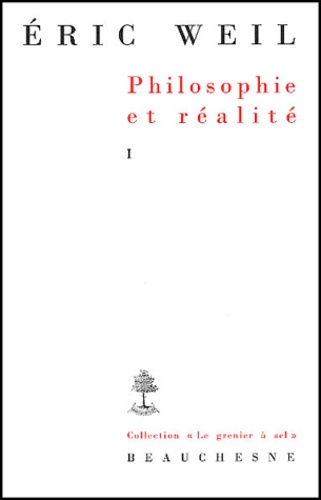
Religion
The Reform of Port Royal
01/1978
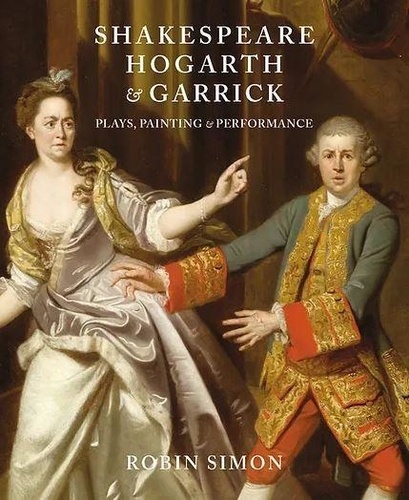
Monographies
Shakespeare, Hogarth and Garrick. Plays, Painting and Performance
06/2023
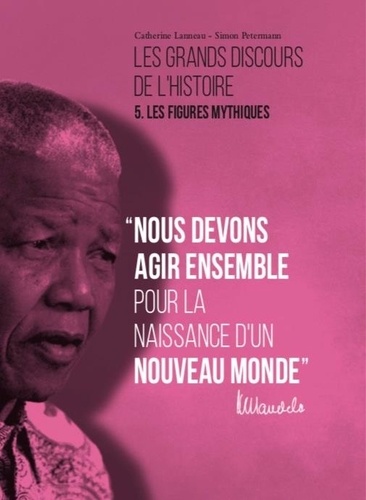
Ouvrages généraux
Les figures mythiques
03/2024
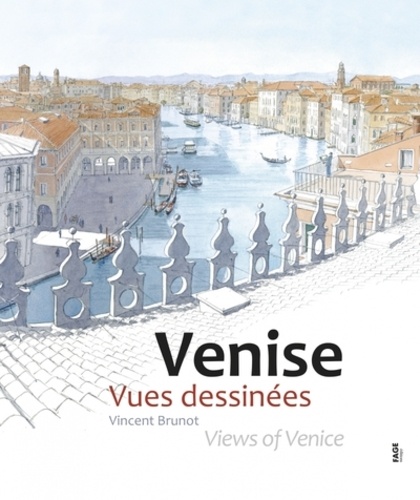
Récits de voyage
Venise. Vues dessinées, Edition bilingue français-anglais
10/2021

Histoire et Philosophiesophie
THE WOMAN WHO KNEW TOO MUCH. Alice Stewart and the secrets of radiation
02/2000

Littérature française
Nous aurons toujours Paris
02/2009
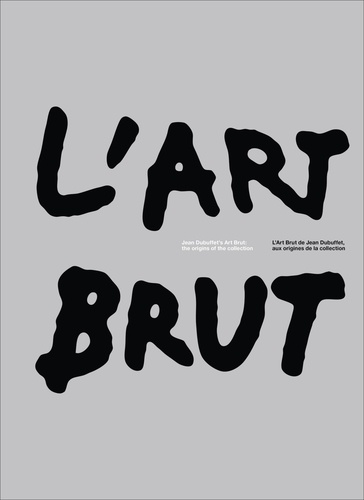
Beaux arts
L'art brut de Jean Dubuffet, aux origines de la collection. Edition bilingue français-anglais
11/2020
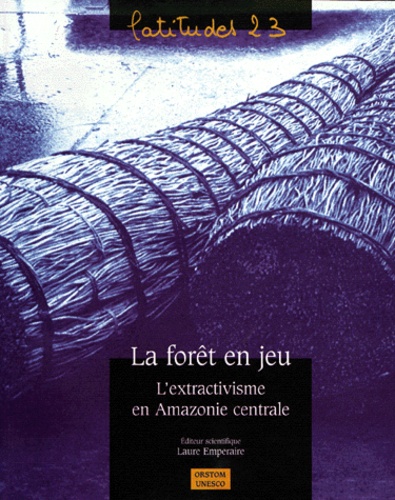
Sciences de la terre et de la
LA FORET EN JEU. L'extractivisme en Amazonie centrale
11/1996
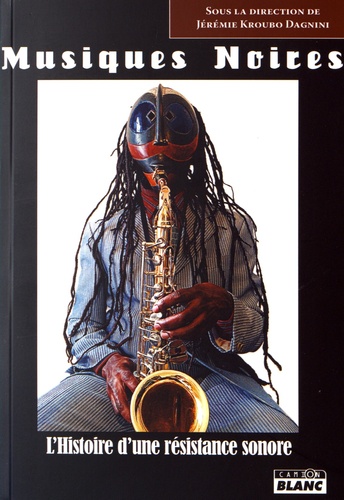
Musique, danse
Musiques noires. L'histoire d'une résistance sonore
09/2016

